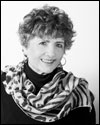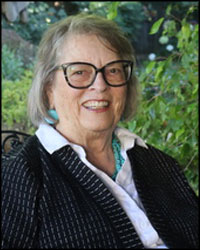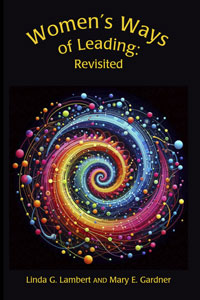Education
« Older Entries Newer Entries »Liberating Leadership Capacity in the age of Trumpism
Saturday, November 26th, 2016
This is the opening paragraph of my next text, written with Diane Zimmerman and Mary Gardner, and entitled, Liberating Leadership Capacity: Pathways toward Educational Wisdom. How timely in the days of Trumpism. We are confident that the lessons in this text democratize schools and societies. Is there still time??
“Ask a thousand random individuals about one of the most persistent problems in schools, organizations, and countries today and you are likely to hear: leadership. Yet there is little understanding about this elusive concept. Many hold a belief that in times of distress people often look for someone to be in control, a directive leader who can tell them what to do. School boards seek out dominant superintendents who can “take charge”; schools are assigned principals to guide or push teachers into current reforms and fads. We challenge the contention that directive leadership is justified. Schools and organizations are rich with talented, thoughtful individuals who, when given the opportunity to work in open, engaging, and democratic cultures, consistently emerge as leaders and innovators. Adults learn; children learn. Creating these learning, leading schools and organizations is the mission of this text, Liberating Leadership Capacity: Pathways toward Educational Wisdom.”
With the election of Trump, our country is turning away from democracy. Frightening times. A failure of history, culture and education. An awakening of painful ramifications. Yet, this time we know to protect our neighbors and also turn to strangers.
Next: Leadership Capacity is an essential antidote in cultures where peoples feel lost, alone, forsaken.
Tags: new text from Teachers College Press
Posted in Books Inc., Constructivist Leadership, Education, Leadership, Leadership Capacity | No Comments » | Leave a Comment




